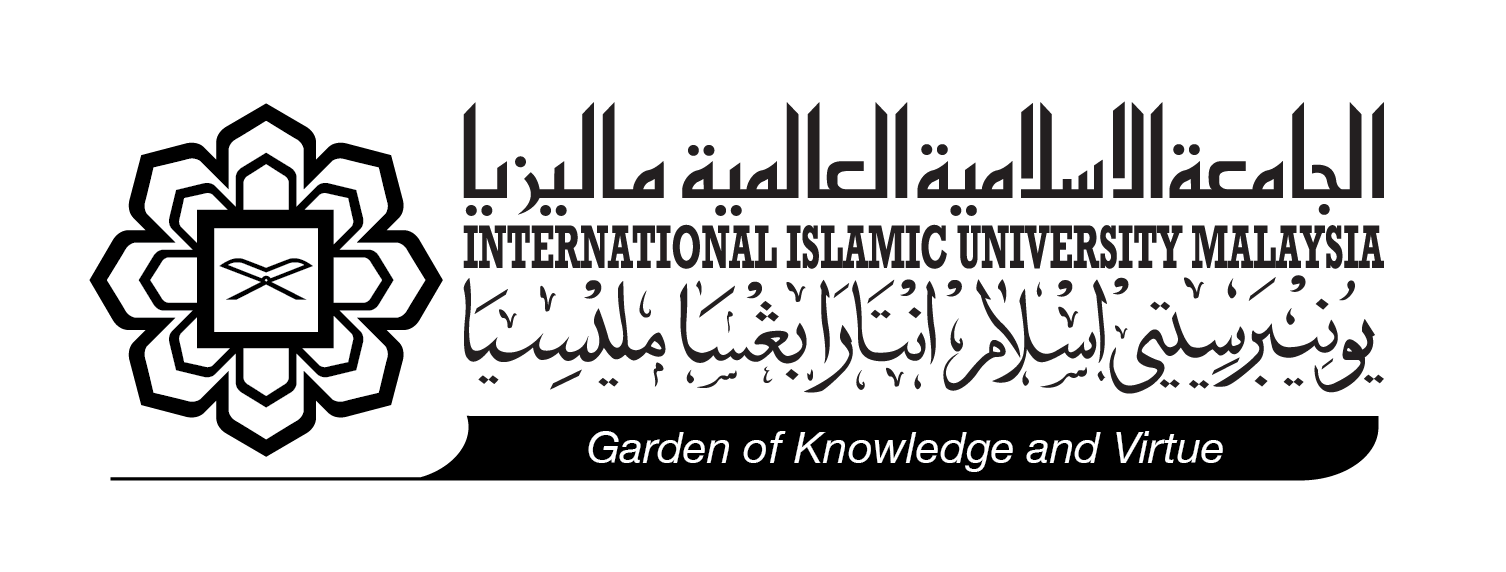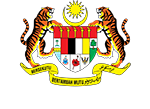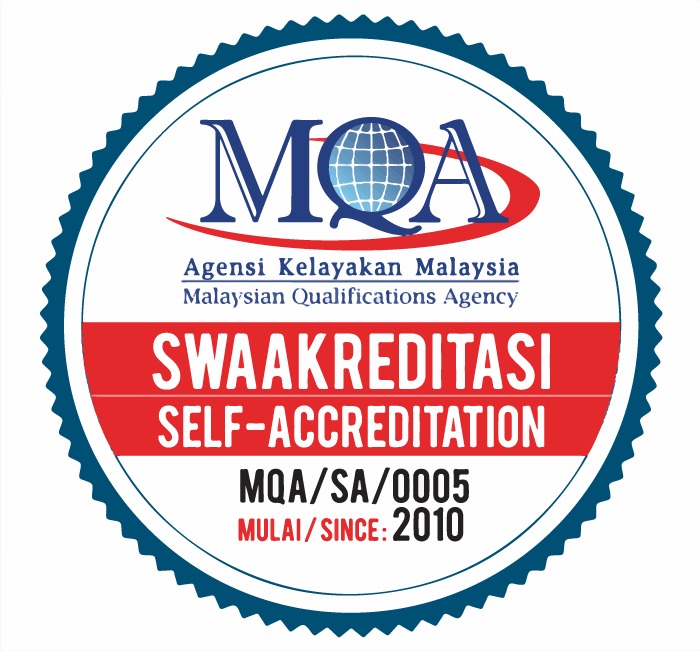Research
Latest Research
Knowledge, awareness and attitude of first aid among health sciences university students
Sumaiyah Jamaludin, Thandar Soe and Zakaria, Muhammad Allif and Saidi, Sanisah and Chong, Mei Chan. (2018). Knowledge, awareness and attitude of first aid among
health sciences university students. International Journal of Care Scholars, 1 (1).pp. 29-33.
Abstract
Objective: As the incidence of emergencies has steadily increased in recent years, it is important to ensure that individuals, including university students, are adequately trained to deal with such events. This study aimed to assess the level of knowledge and awareness of, and attitudes towards, first aid among IIUM Kuantan campus students. Method: A quantitative cross-sectional survey with stratified random sampling study was conducted among 348 students at the International Islamic University Malaysia (IIUM) Kuantan. Data were collected using a self-administered questionnaire which was adapted from Hong Kong Red Cross. The questionnaire was available in both English and the Malay language. Results: A total of 42.8% participants had a moderate level of first aid knowledge. However, 90.8% participants had awareness of and a positive attitude towards first aid knowledge. On the other hand, 55.4% of study participants had not experienced taking first aid courses and they had little knowledge of this. There were significant associations between gender, Kulliyyah or faculty, year of study, and first aid training experience, and the level of first aid knowledge based on a one-way ANOVA test with p-values of < 0.05 representing statistical significance. Conclusion: The findings indicate that most health sciences university students have good awareness and attitudes towards first aid. Nevertheless, implementation of regular educational programs with structured modules may be able to improve their knowledge of first aid practices and skills.
Good nerves Murabbi with Tawhidic Paradigm for Khaira Ummah Society 5.0
Mhd. Sarif, Suhaimi. (2017). Good nerves Murabbi with Tawhidic Paradigm for Khaira Ummah Society 5.0. International Journal of Business, Economics and Law, 14 (5).
pp. 26-34.ISSN 2289-1552
Abstract
This study investigates the influence of Tawhidic paradigm for producing good nerves Murabbi for the Khaira Ummah 5.0. In Islamic Education discipline, Murabbi functions as spiritual leaders to get closer to God and provides roles as teachers,preachers, shapers and moulders for servants and vicegerents of Allah. There many ways to educate people into the quality of Khaira Ummah Society 5.0. The traditional methods of training through small study circle (halaqah), group seminar (ijtima’ am), practicum (tamrin), annual boot camp (mukhayyam), and so forth need an adjustment to align with the contemporary situations. The contents and the delivery methods of training also require contemporary social and globalization need. The Tawhidic paradigm remains as the fundamental belief system despite the adjustment in the methods of training and the contemporary curriculum to train individuals to be murabbi for the ummah. This study interviewed selected academicians who had undergone Islamic preaching training as Murabbi from secondary school era at home country until postgraduate studies in overseas. The results showed that there are changes and modifications in the training module for murabbi to reflect different situations and level of commitments that the murabbi faced at different stages of life. The study could be improved in terms of contents validity and reliability with it involves more informants and the use of quantitative instruments.
Skin lightening effect of seaweed gel formulation: An in vivo study
Ab. Hadi, Hazrina and Mohd Nor, N. (2017). Skin lightening effect of seaweed gel formulation: An in vivo study. Malaysian Journal of Pharmacy, 3 (1 (Supplement)).
p. 45.ISSN 1675-3666
Abstract
INTRODUCTION: There are numerous skin lightening products out there that use harmful substances such as mercury and hydroquinone,. Therefore, seaweed gel formulation was formulated by using seaweed as the main ingredient to provide skin lightening effect to the skin as well as to provide moisture and improve skin conditions without greasy feels to the skin. OBJECTIVE: This study is to assess the skin lightening effect of seaweed gel formulation besides the safety of the formulation to the consumers. METHODS: A total of 15 healthy female subjects (19-24 years old) were selected according to skin condition, age and sun behavior. Melanin content, skin hydration, collagen intensity and skin elasticity were assessed using DermaLab Combo, Cortex Technology. All of the aforementioned assessments were done at mid volar area of the right forearm after applying the formulation at the respected area everyday for 28 days. The assessment was done once a week for 4 weeks. RESULTS: The seaweed gel formulation has significantly reduced the melanin content of the subjects, provides extra hydration to the stratum corneum as well as improving its collagen intensity. However, it does not significantly improve the skin elasticity. The reducing of melanin content shows significant difference after applying the formulation for 3 weeks. The hydration of stratum corneum improves after 1 week of applying the formulation, while collagen intensity increases after 3 weeks of applying the formulation. CONCLUSION: Seaweed gel formulation provides skin lightening effect as well as improves hydration and collagen intensity of the skin.
Machine learning in fMRI classification
Mohd Suhaimi, Nur Farahana and Htike@Muhammad Yusof, Zaw Zaw. (2016). Machine learning in fMRI classification. In: Neuroinformatics 2016, 3rd-4th September 2016, Reading, United Kingdom.
Abstract
Statistical analysis method is utilitarian in neuroimaging. For instance, SPM12, FSL and BrainVoyager are widely used for testing the hypotheses about functional magnetic resonance imaging (fMRI). However, that testing and studying of brain images mostly consist of experts work. It is not fully automatic and time-consuming. There are fractions of decision making processes by the experts that require extensive knowledge and sets of rule of thumb. Systematically, machine learning isexpected to automate the process while running the embedded sets of rule of thumb during the process. In addition, pattern recognition is one of the method in machine learning that differ to working principle of SPM12 and its counterpart. The recognizing of patterns in brain images is expected to pragmatically tackle the work of testing the fMRI hypotheses. Thus, the aim of this paper is to prove the need of machine learning in fMRI classification.
Evaluation of recellularization on decellularized Aorta Scaffolds engineered by ultrasonication treatment
Ismail, Nurul Fitriatul Akmal and Sha'ban, Munirah and Noor Azmi, Azran Azhim. (2017). Evaluation of recellularization on decellularized Aorta Scaffolds engineered by ultrasonication treatment. In: 39th Annual International Conference of the IEEE Engineering in Medicine and Biology Society (EMBC 2017), 11th-15th July 2017, Jeju Island, South Korea.
Abstract
Aortic scaffolds prepared using sonication decellularization treatment has provided a successful medium for repopulation with vascular smooth muscle cells (VSMCs). The objective of this study is to explore the potential of tissue decellularization using ultrasonication treatment and its recellularization before implantation of the cell-seeded scaffolds into host. Aorta tissue samples are decellularized in 2% SDS with sonication for 10 hours and compared with the native tissues. The 4',6-diamidino-2-phenylindole (DAPI) staining was used to evaluate the decellularization and Hematoxylin-Eosin (H-E) staining was used to compare the VSMCs infiltrations onto the decellularized tissues at day-0 and day-6 after cell-seeding. The results histologically showed complete DNA removal from scaffolds after decellularization and subsequent recellularization resulted in successful VSMCs infiltration. Accordingly, the decellularized tissues treated with 2% SDS in sonication demonstrated successful VSMCs repopulation afterward and is speculated to have less toxicity and able to be effectively implanted into host.
The evaluation of physicochemical and anti-microbial properties of honey based hydrogel
Abdul Jalil, Mohd Azri and Kasmuri, Abdul Razak and Ab. Hadi, Hazrina. (2017). The evaluation of physicochemical and anti-microbial properties of honey based hydrogel. Malaysian Journal of Pharmacy, 3 (1 (Supplement)).p. 25.ISSN 1675-3666
Abstract
NTRODUCTION: Hydrogel possess a three-dimensional cross linked networks of hydrophilic polymers. Honey contain anti-microbial properties due to its peroxide and non-peroxide components.OBJECTIVES: To develop and characterize honey based hydrogel formulation and to evaluate its anti-microbial properties. METHODS: The hydrogel were developed by combining polyvinyl alcohol (PVA) and polyethylene glycol (PEG). 1% protein-free agar was added to the combination as well as honey according to their respective formulations. Then, the characterization tests consist of gel fraction, swelling ratio and water vapour transmission (WVTR) were conducted. For the antimicrobial evaluation, microbial limit test and agar diffusion test were conducted against Staphylococcus aureus and Pseudomonas aeruginosa. RESULTS: For the gel fraction test, the control formulation was significantly (p<0.05) highest among the others; indicates that the PVA in this formulation was almost completely cross-linked. For the swelling ratio test, formulation 2 that contain 20% (w/v) honey was significantly (p<0.05) higher than the control and agar groups; indicates a higher water uptake occurred. The WVTR of formulation 2 was within the recommended range which is in between 80–105gm -2day -1. Formulation 5 with 40% (w/v) honey has shown anti-microbial effect towards Staphylococcus aureus. For microbial limit tests, all formulations showed the absence of bacteria in their respective surfaces.CONCLUSIONS: Formulation 2 demonstrated significantly better physicochemical properties but displaying no anti-microbial properties. However, formulation 5 showed an acceptable physicochemical properties but able to display a good anti-microbial properties. Therefore, formulation 5 will be selected for further studies. Keywords: hydrogel, honey, anti-microbial
The intention to use GeoGebra in the teaching of mathematics among Malaysian teachers
Belgheis, Soheila and Kamalludeen, Rosemaliza. (2018). The intention to use GeoGebra in the teaching of mathematics among Malaysian teachers. Malaysian Online Journal of Educational Technology (MOJET), 6 (1).pp. 109-115.
Abstract
This quantitative study examined Malaysian teachers’ perception towards using GeoGebra in mathematics tea ching. The relationship between teachers’ Perceived Current Competencies (PCC) of GeoGebra, and Intention to Use (IU) it as well as the difference between male and female teachers and between users and non-users of GeoGebra were investigated. An online survey was administered on 132 teachers who had already participated in GeoGebra workshops in Malaysia. The results of correlation and independent t-test revealed a positive relationship between teachers’ perceived current competencies with their intention to use GeoGebra in teaching mathematics. There were no significant differences between male and female teachers in their intention to use GeoGebra in teaching mathematics. On the other hand, significant differences were observed between users and non-users of GeoGebra in their intention to use GeoGebra in their mathematics classrooms.
Compressive behaviour and energy absorption of aluminium foam sandwich
Endut, N A and Al Hazza, Muataz Hazza Faizi and Abdullah Sidek, 'Atiah and Adesta, Erry Yulian Triblas and Ibrahim, N A. (2018). Compressive behaviour and energy absorption of aluminium foam sandwich. In: International Conference on Advances in Manufacturing and
Materials Engineering (ICAMME 2017), 8th–9th August 2017, Kuala Lumpur.
Abstract
Development of materials in automotive industries plays an important role in order to retain the safety, performance and cost. Metal foams are one of the idea to devolve new material in automotive industries since it can absorb energy when it deformed and good for crash management. Recently, new technology had been introduced to replace metallic foam by using aluminium foam sandwich (AFS) due to lightweight and high energy absorption behaviour. Therefore, this paper provides reliable data that can be used to analyze the energy absorption behaviour of aluminium foam sandwich by conducting experimental work which is compression test. Six experiments of the compression test were carried out to analyze the stress-strain relationship in terms of energy absorption behavior. The effects of input variables include varying the thickness of aluminium foam core and aluminium sheets on energy absorption behavior were evaluated comprehensively. Stress-strain relationship curves was used for energy absorption of aluminium foam sandwich calculation. The result highlights that the energy absorption of aluminium foam sandwich increases from 12.74 J to 64.42 J respectively with increasing the foam and skin thickness.
A study of tensile test on open-cell aluminum foam sandwich
Al Hazza, Muataz Hazza Faizi and Adesta, Erry Yulian Triblas and Abdullah Sidek, 'Atiah and Endut, N A. (2018). A study of tensile test on open-cell aluminum foam sandwich. In: International Conference on Advances in Manufacturing and Materials Engineering (ICAMME 2017), 8th–9th August 2017, Kuala Lumpur.
Abstract
Aluminum foam sandwich (AFS) panels are one of the growing materials in the various industries because of its lightweight behavior. AFS also known for having excellent stiffness to weight ratio and high-energy absorption. Due to their advantages, many researchers’ shows an interest in aluminum foam material for expanding the use of foam structure. However, there is still a gap need to be fill in order to develop reliable data on mechanical behavior of AFS with different parameters and analysis method approach. Least of researcher focusing on open-cell aluminum foam and statistical analysis. Thus, this research conducted by using open-cell aluminum foam core grade 6101 with aluminum sheets skin tested under tension. The data is analyzed using full factorial in JMP statistical analysis software (version 11). ANOVA result show a significant value of the model which less than 0.500. While scatter diagram and 3D plot surface profiler found that skins thickness gives a significant impact to stress/strain value compared to core thickness.
Productivity improvement using discrete events simulation
Al Hazza, Muataz Hazza Faizi and Elbishari, E M Y and Ismail, Md Yusof and Adesta, Erry Yulian Triblas and Abdul Rahman, Nur Salihah. (2018). Productivity improvement using discrete events simulation. In: International Conference on Advances in Manufacturing and
Materials Engineering (ICAMME 2017), 8th–9th August 2017, Kuala Lumpur.
Abstract
The increasing in complexity of the manufacturing systems has increased the cost of investment in many industries. Furthermore, the theoretical feasibility studies are not enough to take the decision in investing for that particular area. Therefore, the development of the new advanced software is protecting the manufacturer from investing money in production lines that may not be sufficient and effective with their requirement in terms of machine utilization and productivity issue. By conducting a simulation, using accurate model will reduce and eliminate the risk associated with their new investment. The aim of this research is to prove and highlight the importance of simulation in decision-making process. Delmia quest software was used as a simulation program to run a simulation for the production line. A simulation was first done for the existing production line and show that the estimated production rate is 261 units/day. The results have been analysed based on utilization percentage and idle time. Two different scenarios have been proposed based on different objectives. The first scenario is by focusing on low utilization machines and their idle time, this was resulted in minimizing the number of machines used by three with the addition of the works who maintain them without having an effect on the production rate. The second scenario is to increase the production rate by upgrading the curing machine which lead to the increase in the daily productivity by 7% from 261 units to 281units








